As we approach 2025, the digital marketing landscape continues to evolve at a rapid pace. New technologies, consumer behaviors, and market trends are shaping how businesses connect with their audiences. To stay competitive, it’s crucial to adapt to these changes and implement effective digital marketing strategies that will drive growth in the coming year. In this blog, we’ll explore the digital marketing strategies that are set to dominate 2025, supported by relevant examples and statistics.
1. Artificial Intelligence and Machine Learning in Marketing
Artificial Intelligence (AI) and Machine Learning (ML) have become essential tools for marketers, offering insights and automation that were previously unimaginable. In 2025, AI and ML will continue to revolutionize digital marketing by enabling personalized experiences, predictive analytics, and improved decision-making.
Personalization at Scale: AI allows marketers to deliver personalized content to users based on their behavior, preferences, and past interactions. According to a study by Epsilon, 80% of consumers are more likely to make a purchase when brands offer personalized experiences. For example, Netflix uses AI algorithms to recommend shows and movies based on users' viewing history, which has significantly increased user engagement.
Predictive Analytics: ML algorithms analyze vast amounts of data to predict future trends, customer behaviors, and sales outcomes. This capability enables businesses to optimize their marketing strategies in real-time. Amazon is a prime example, using predictive analytics to suggest products to customers, driving higher conversion rates and sales.
Automation: AI-driven automation tools can handle repetitive tasks such as email marketing, social media posting, and customer service. This frees up time for marketers to focus on strategy and creativity. By 2025, it’s estimated that 80% of all customer interactions will be managed by AI, according to Gartner. HubSpot, for example, uses AI-powered automation to streamline marketing efforts, improving both efficiency and effectiveness.
2. Voice Search Optimization
Voice search is becoming an increasingly popular way for users to find information online. With the rise of voice-activated devices like Amazon Alexa, Google Home, and Siri, optimizing for voice search is no longer optional—it’s a necessity.
The Growth of Voice Search: By 2025, it’s predicted that 50% of all searches will be voice-based. This shift requires businesses to rethink their SEO strategies, focusing on natural language and conversational queries. For instance, instead of targeting the keyword “best Italian restaurant,” a voice search query might be “What’s the best Italian restaurant near me?” Domino's Pizza has already optimized its online ordering system for voice search, allowing customers to place orders through Alexa or Google Assistant.
Long-Tail Keywords: Voice searches are typically longer and more specific than text-based searches. To capture this traffic, businesses should focus on long-tail keywords and phrases that mirror how people speak. According to BrightLocal, 58% of consumers use voice search to find local business information, making local SEO more important than ever. Best Buy has successfully implemented long-tail keyword strategies to enhance voice search results, improving their visibility in local searches.
Featured Snippets: Voice search often pulls answers from featured snippets, so optimizing content to appear in these snippets is crucial. This includes creating clear, concise, and informative content that directly answers common questions in your industry. Home Depot has effectively leveraged featured snippets to provide instant answers to common DIY questions, increasing their brand visibility.
3. The Rise of Video Marketing
Video marketing continues to grow in importance, with platforms like YouTube, TikTok, and Instagram Reels driving massive engagement. In 2025, video content will be more crucial than ever for capturing audience attention and delivering brand messages.
The Power of Video Content: Video content is one of the most effective ways to engage audiences. According to Cisco, by 2025, online videos will make up more than 82% of all consumer internet traffic—15 times higher than in 2017. This highlights the importance of incorporating video into your digital marketing strategy. Nike has mastered the art of storytelling through video, using powerful visuals and narratives to connect with their audience on an emotional level.
Short-Form Videos: With the rise of TikTok and Instagram Reels, short-form videos have become incredibly popular. These bite-sized videos are perfect for capturing attention in a world where attention spans are shrinking. For example, Chipotle effectively uses TikTok to create engaging, short-form content that resonates with younger audiences, driving brand awareness and customer loyalty.
Live Streaming: Live streaming is another powerful tool for brands to connect with their audience in real-time. Platforms like Facebook Live, Instagram Live, and YouTube Live allow businesses to host live events, product launches, and Q&A sessions, creating a more authentic and interactive experience. According to Livestream, 80% of consumers would rather watch a live video from a brand than read a blog post. Lululemon has successfully leveraged live streaming to engage with their community during live yoga sessions and product launches, fostering a deeper connection with their audience.
4. The Continued Importance of Content Marketing
Content marketing remains a cornerstone of digital marketing strategy, but the way content is created and consumed is changing. In 2025, content marketing will focus on quality over quantity, with a strong emphasis on creating valuable, informative, and engaging content.
High-Quality, In-Depth Content: Google’s algorithms continue to favor high-quality, in-depth content that provides real value to users. A study by SEMrush found that long-form content of 3,000 words or more gets three times more traffic, four times more shares, and 3.5 times more backlinks than shorter articles. This underscores the importance of investing in comprehensive, well-researched content. HubSpot excels in producing high-quality, in-depth blog posts and guides that provide immense value to their audience, resulting in high search rankings and traffic.
User-Generated Content (UGC): UGC is content created by your customers or users, and it’s a powerful tool for building trust and authenticity. According to a study by Stackla, 79% of people say UGC highly impacts their purchasing decisions. Brands like GoPro and Starbucks effectively leverage UGC to showcase real customer experiences, which drives engagement and builds community.
Interactive Content: Interactive content, such as quizzes, polls, and calculators, will play a bigger role in content marketing strategies. This type of content not only engages users but also provides valuable data for personalized marketing. For instance, BuzzFeed’s interactive quizzes are a prime example of how to engage audiences and keep them on your site longer.
5. Social Commerce and Shoppable Content
Social media platforms are increasingly becoming hubs for online shopping, with features that allow users to purchase products directly without leaving the app. In 2025, social commerce will be a key driver of sales, especially for e-commerce businesses.
Growth of Social Commerce: Social commerce sales in the U.S. are expected to reach $79.64 billion by 2025, according to eMarketer. Platforms like Instagram, Facebook, and Pinterest are leading the way with features like shoppable posts and in-app checkout. Brands like Nike and Sephora have successfully integrated social commerce into their marketing strategies, making it easy for users to discover and buy products directly from their social media feeds.
Influencer Marketing and Social Commerce: Influencers continue to play a significant role in social commerce. Partnering with influencers who align with your brand can help you reach new audiences and drive sales. According to Influencer Marketing Hub, 90% of marketers believe influencer marketing is effective, with the industry expected to reach $24.1 billion by 2025. Glossier, a beauty brand, has thrived on influencer marketing by collaborating with micro-influencers who authentically promote their products, leading to substantial sales growth.
Shoppable Videos: Shoppable videos are becoming more popular as they allow viewers to purchase products directly from the video itself. For example, YouTube’s shoppable video ads let users click on a product within the video and complete the purchase without leaving the platform. H&M has effectively used shoppable videos to showcase their latest collections, making it easy for viewers to shop the look directly from the video.
6. Sustainability and Ethical Marketing
As consumers become more conscious of environmental and social issues, brands that prioritize sustainability and ethical practices will stand out in 2025. Incorporating sustainability into your marketing strategy is not only good for the planet but also good for business.
Consumer Demand for Sustainability: According to a study by IBM, 77% of consumers say they are more likely to purchase from brands that are committed to making the world a better place. This shift in consumer behavior means that brands need to communicate their sustainability efforts clearly and authentically. Patagonia is a leading example of a brand that prioritizes sustainability, from their eco-friendly products to their commitment to environmental activism.
Transparency and Ethical Marketing: Ethical marketing involves being transparent about your business practices, from sourcing materials to labor conditions. Brands like The Body Shop are leading the way by prioritizing sustainability and ethical practices, which resonates with consumers and builds brand loyalty. Everlane has also embraced transparency, offering customers a detailed breakdown of the cost of production for each item, fostering trust and loyalty.
Eco-Friendly Packaging and Products: As part of their sustainability efforts, many brands are adopting eco-friendly packaging and products. This not only reduces environmental impact but also appeals to eco-conscious consumers. For example, Unilever has committed to making all of its packaging recyclable, compostable, or reusable by 2025, setting a strong example for other companies to follow.
Conclusion
The digital marketing landscape is constantly evolving, and 2025 will bring new challenges and opportunities for businesses. By embracing AI and machine learning, optimizing for voice search, investing in video marketing, creating high-quality content, leveraging social commerce, and prioritizing sustainability, you can stay ahead of the curve and drive success in the coming year.
Implementing these digital marketing strategies will not only help you dominate the competition but also build a sustainable and profitable online presence. Start planning your 2025 digital marketing strategy today, and watch your business thrive in the digital age!

A.H Brands
.png?width=500&height=200&name=Its%20Pet%20Cancer%20Awareness%20Month%2c%20and%20were%20committed%20to%20educating%20people%20about%20pet%20cancer%20and%20available%20resources.%20Innovative%20treatments%20now%20harness%20pets%20own%20immune%20systems%20to%20treat%20and%20manage%20va%20(13).png)
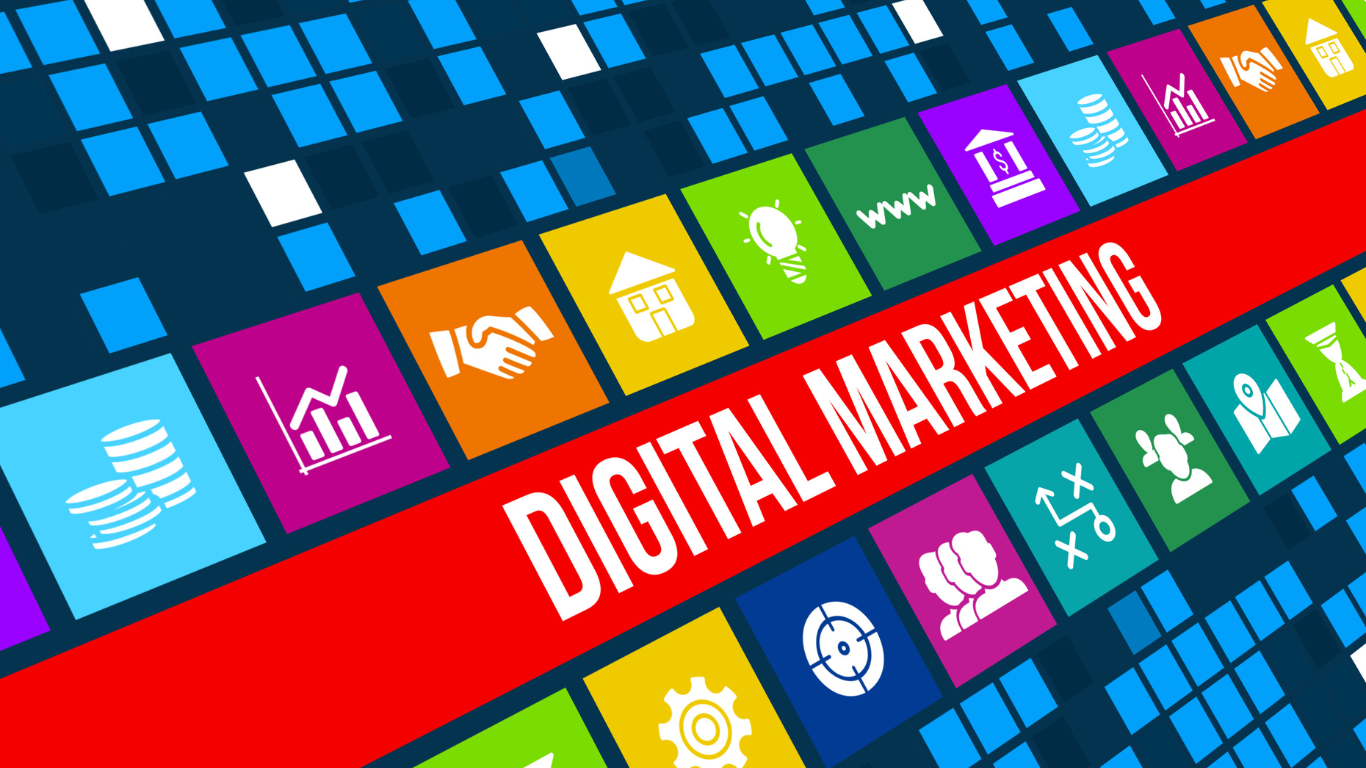
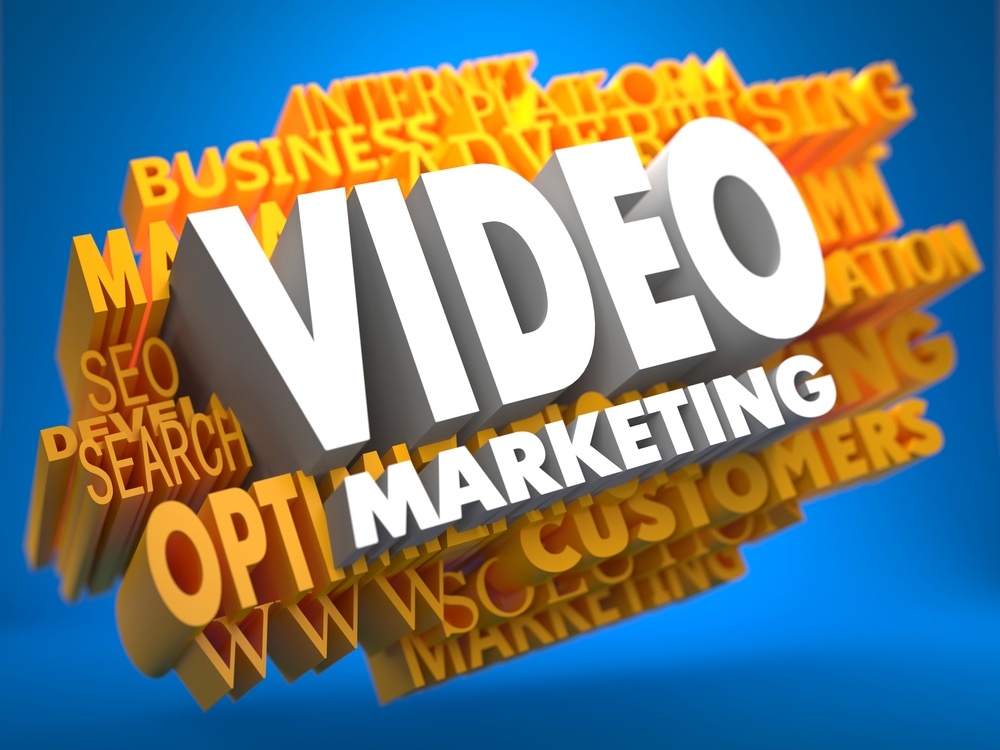












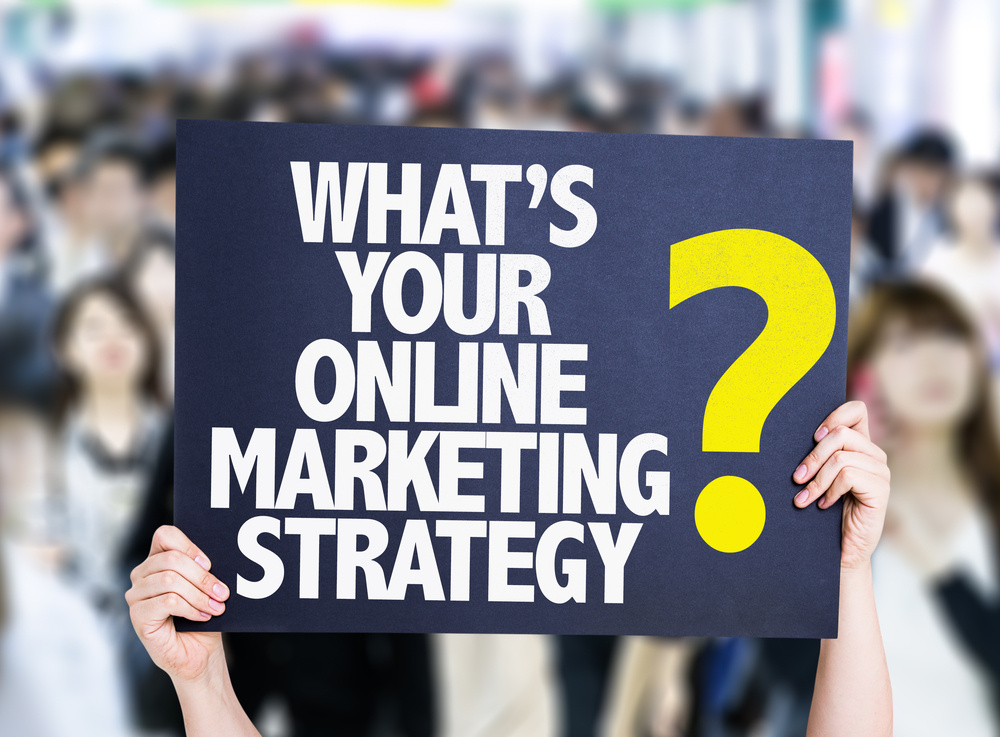
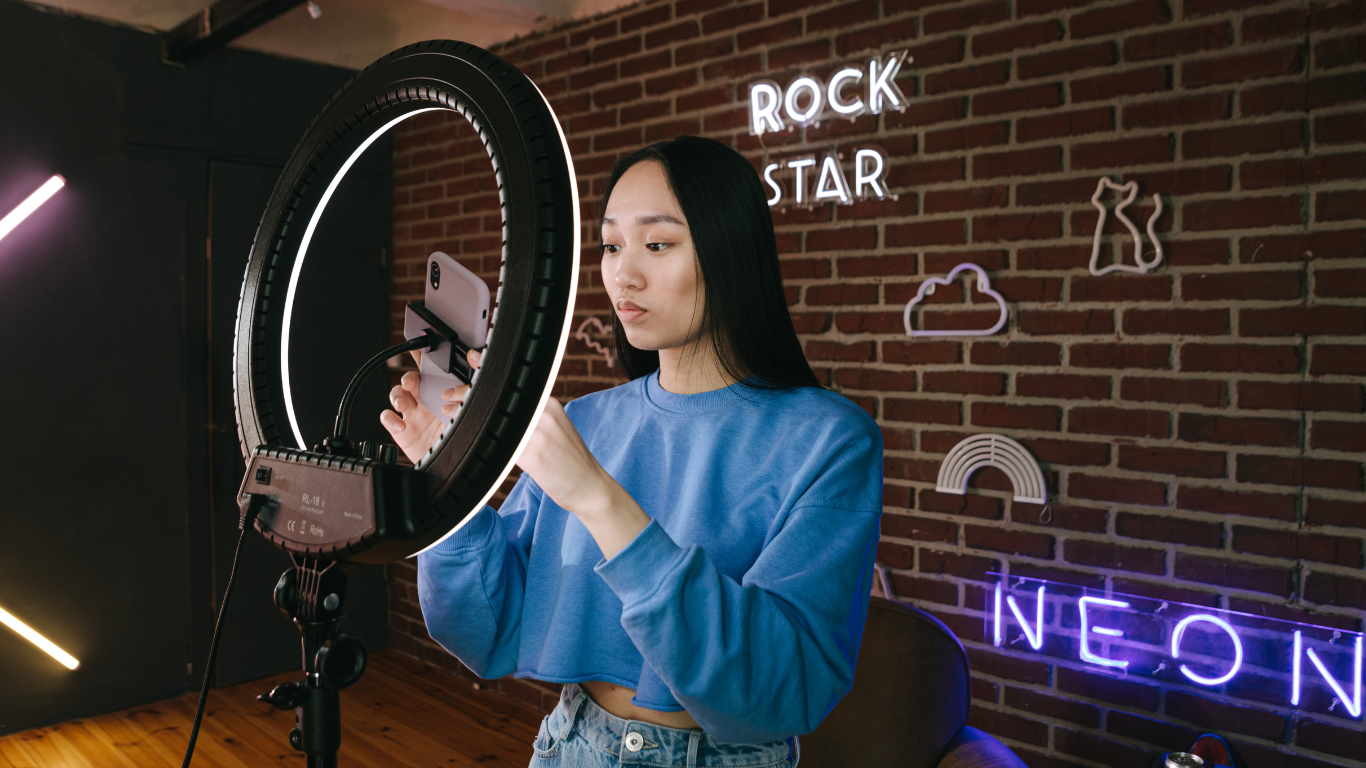

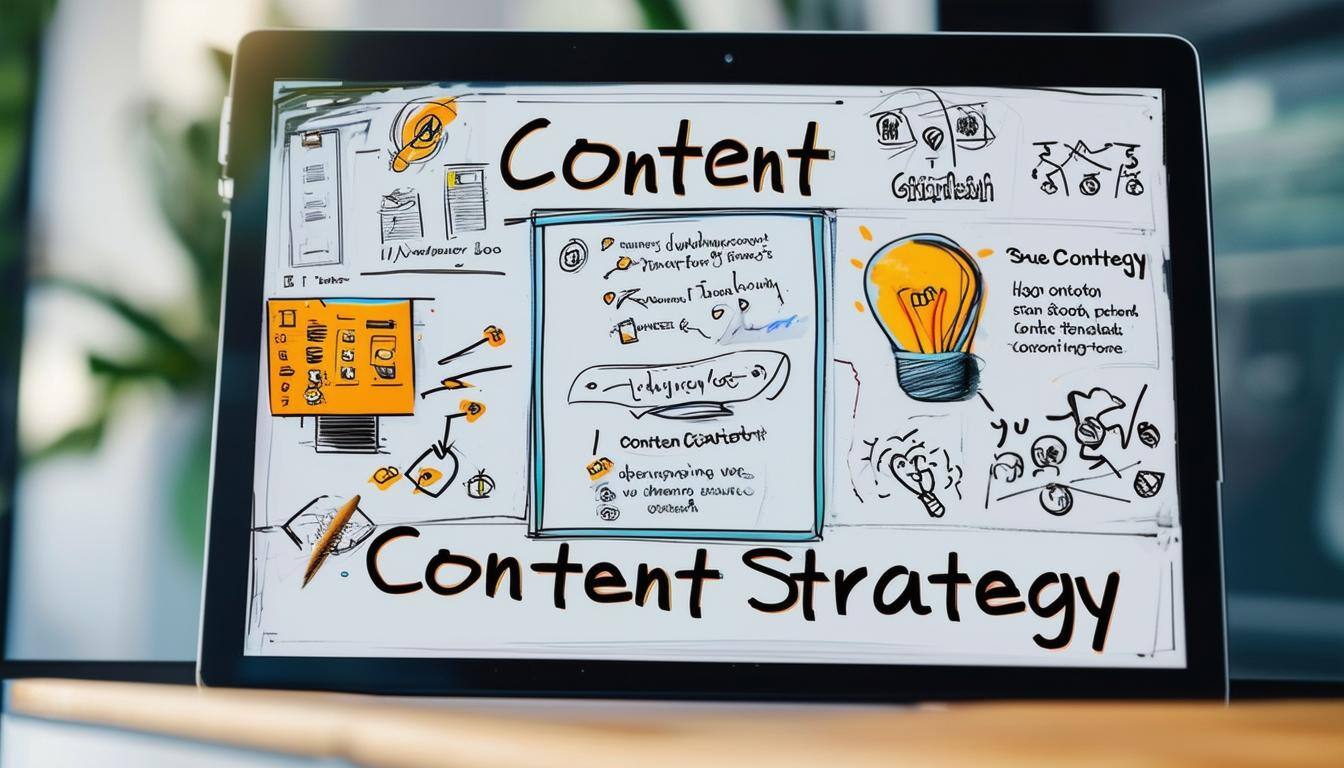
.png)

